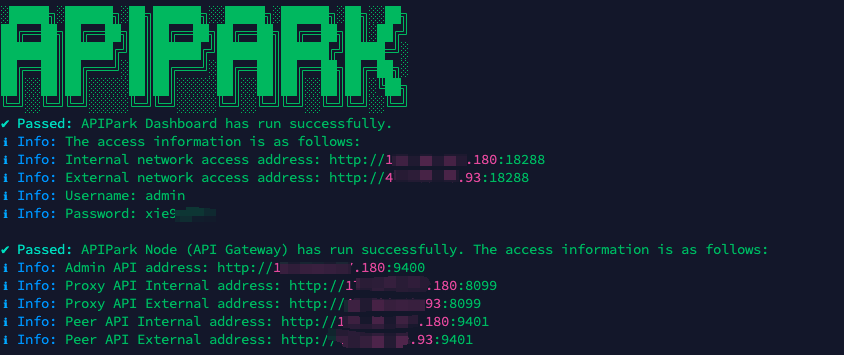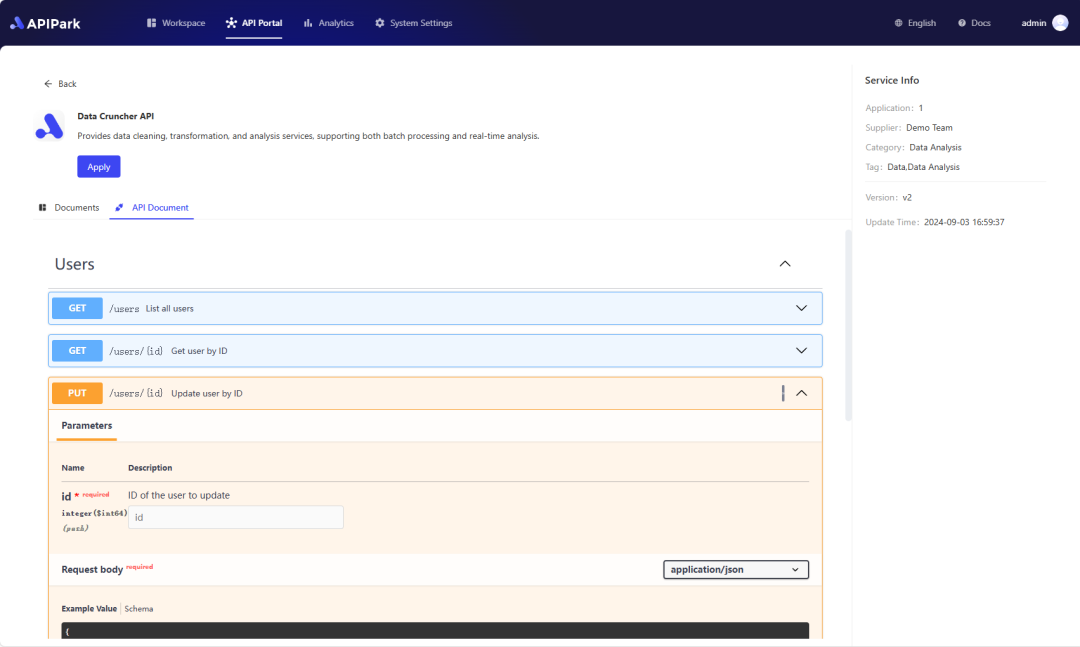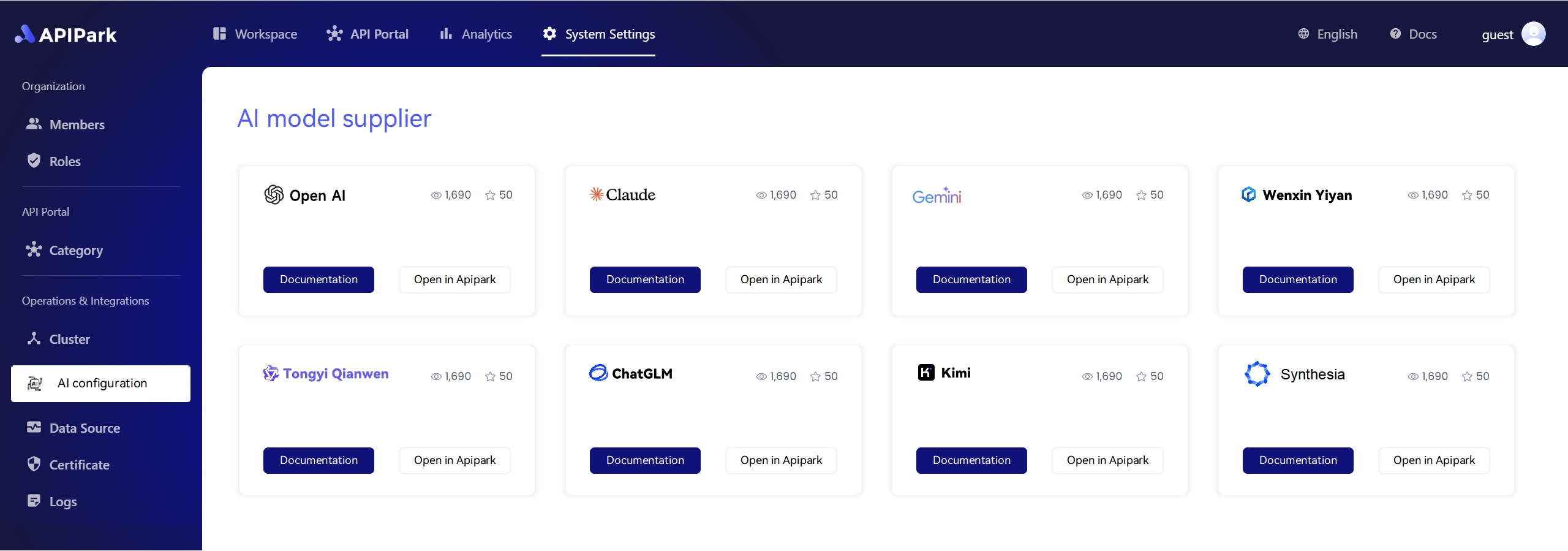In the realm of web development and API integration, cURL stands as a powerful tool that enables developers to interact with servers through command-line by utilizing various protocols. One of its most significant features is its ability to follow redirects. This capability becomes crucial when working with modern APIs and services that often change their endpoints or require redirection for various reasons. In this article, we will delve into the concept of cURL, how to follow redirects effectively, and how these principles apply in the context of AI Gateway, specifically focusing on the Lunar.dev AI Gateway and the Open Platform API Lifecycle Management.
What is cURL?
cURL (or Client URL) is a command-line tool and library for transferring data with URLs. It supports numerous protocols, including HTTP, HTTPS, FTP, and many others. cURL is widely used in API testing, data transfer, and web scraping due to its simplicity and versatility. Whether you are a beginner or an experienced developer, understanding cURL can significantly enhance your ability to manage and interact with different web services.
The Importance of Handling Redirects
When you make an HTTP request, you may encounter scenarios where the server responds with a redirect status code (such as 301 Moved Permanently, or 302 Found). This means that the resource you’re trying to reach has been moved to a new URL. As a developer, it is essential to handle these redirects gracefully to ensure that your application has a seamless user experience.
Redirects can occur for various reasons, including:
– The target resource has been moved to a new location.
– The server configuration has changed.
– Temporary routing due to server overload or maintenance.
Understanding how to follow redirects effectively with cURL can save you time and prevent potential errors, leading to a more robust application design.
How to Follow Redirects with cURL
By default, cURL does not follow redirects. However, it provides a simple way to enable this feature using the -L (or --location) flag. When this flag is set, cURL will follow any Location headers it receives from the server until it reaches a final destination. Here’s a basic example of how to perform this:
curl -L http://example.com
This command tells cURL to follow all redirects until it reaches the final URL.
Detailed Explanation of cURL Flags
In addition to the -L flag, cURL provides several other flags that can be helpful when working with redirects:
| Flag | Description |
|---|---|
| -i | Includes the HTTP response headers in the output. |
| -o | Saves the response output to a specified file. |
| -s | Runs cURL in silent mode (no progress or error messages). |
| -v | Enables verbose output for debugging purposes. |
These flags can be combined for more complex operations. For instance:
curl -L -i -s -o output.txt http://example.com
This command follows redirects, includes response headers, operates silently, and saves the output to output.txt.
Implementing cURL in API Lifecycle Management
AI Gateway and the Lunar.dev AI Gateway
When utilizing services such as the AI Gateway or the Lunar.dev AI Gateway, effective cURL usage becomes particularly important, as various APIs may have multiple endpoints or utilize redirection for service updates. In the context of API lifecycle management, cURL can facilitate testing, debugging, and ensuring seamless integration with multiple API versions as they undergo changes.
Configuring cURL for AI Services
When calling AI services, especially on platforms like Lunar.dev, you may face redirection if the service path changes or if additional parameters are required for access. Below is a snippet demonstrating how to set up a cURL command for a hypothetical AI service:
curl -L --location 'https://api.lunar.dev/ai/v1/resource' \
--header 'Content-Type: application/json' \
--header 'Authorization: Bearer YOUR_ACCESS_TOKEN' \
--data '{
"request": {
"input": "What is the weather today?"
}
}'
In this example, we leverage the -L flag to ensure that we follow any redirects the API might employ. Make sure to replace YOUR_ACCESS_TOKEN with your actual token and adjust the endpoint URL as needed.
The Role of an Open Platform in Redirect Management
An Open Platform that integrates various APIs simplifies the process of redirect management. Here the focus is not solely on handling redirects but ensuring that users have access to the most up-to-date API information.
With effective API lifecycle management, organizations can ensure that any redirection is documented, communicated, and handled efficiently. Following redirects effectively becomes part of a broader API governance strategy.
Handling Errors with Redirects
While following redirects, it is crucial to handle potential errors. When a requested resource fails to resolve after a series of redirects, it may be necessary to analyze the response. For instance, if the server responds with a 404 Not Found or 500 Internal Server Error, developers must implement error handling mechanisms to address these issues.
You can redirect the output to a log file, along with error responses by executing the following command:
curl -L -o response.log -w "%{http_code}\n" https://api.lunar.dev/ai/v1/resource
In this command:
– The -w flag outputs the HTTP response code at the end of the output.
– The output is written to response.log for further analysis.
Practical Applications of cURL with AI Gateway
cURL’s functionality is incredibly versatile, especially as companies pivot towards integrating AI into their applications. At an AI Gateway, leveraging cURL can streamline how data is sent to AI models and how results are fetched.
For example, companies in various sectors, from healthcare to finance, can utilize cURL to send patient data or financial records, followed by processing the information through their respective AI services. Each request may face multiple redirects as services evolve, which can be efficiently managed through cURL.
Conclusion
In conclusion, being adept in using cURL to follow redirects is an essential skill for developers engaging with modern APIs, especially in complex environments like AI Gateways. It ensures effective communication with services, whether it’s utilizing the Lunar.dev AI Gateway or any other Open Platform.
By mastering these commands and understanding the underlying principles of redirects, you pave the way for better application performance and user experience. Remember to leverage the full capabilities of cURL when interacting with APIs, keeping in mind the various flags and best practices discussed in this article.
APIPark is a high-performance AI gateway that allows you to securely access the most comprehensive LLM APIs globally on the APIPark platform, including OpenAI, Anthropic, Mistral, Llama2, Google Gemini, and more.Try APIPark now! 👇👇👇
Further exploration into cURL’s multifaceted applications, particularly within the API lifecycle and the interconnected realm of AI services, is a vital step in enhancing your skills as a modern developer.
🚀You can securely and efficiently call the Gemini API on APIPark in just two steps:
Step 1: Deploy the APIPark AI gateway in 5 minutes.
APIPark is developed based on Golang, offering strong product performance and low development and maintenance costs. You can deploy APIPark with a single command line.
curl -sSO https://download.apipark.com/install/quick-start.sh; bash quick-start.sh

In my experience, you can see the successful deployment interface within 5 to 10 minutes. Then, you can log in to APIPark using your account.

Step 2: Call the Gemini API.
